It’s no secret that La Condesa is one of my favourite neighbourhoods in Mexico City. It is the place where I choose to stay every time I visit the city. There is something magical about this neighbourhood. Hidden under a huge green, treetop canopy, it feels nestled away from the hustle and bustle of the rest of the city. Every morning, I wake up before the sun, to take a walk down Condesa’s colourful streets. In the morning time, there are few cars on the roads, and one of the only sounds you hear is that of the straw brooms from street sweepers, sweeping up the fallen canopy leaves. This tour of La Condesa in Mexico City will lead you down my favourite streets towards delicious eateries. You’ll discover hidden histories and architectural wonders!

If you’ve just arrived and wanted something a little more laid back and relaxing, try out this self-guided walking tour of La Condesa. You can easily spend the entire day following this path and making your own stops along the way.
- Accessibility
- La Condesa History
- Is La Condesa Safe?
- Map of Walking Tour
- Chiquitito Café
- La Esquina del Chilaquiles
- Michoacan Market
- García Madero
- Avenida Mazatlan
- Nevería Roxy
- Los Condesa
- Lardo
- Avenida Veracruz
- Hotel Condesa DF
- Archivos Plutarco Elías Calles
- Parque España
- Avenida Ámsterdam
- Plaza Citlaltepec
- Parque México
- Fuente de Los Cántaros
- Lindbergh Open Air Theater
- Churrería El Moro
- Art Deco Architecture
- Edificio Rosa
- The Edificio San Martín
- The Basurto Building
- Edificio Tehuacan
- Plaza Popocatépetl

Accessibility
This walking tour isn’t very strenuous, there are no uphills to power through and the distance is pretty minimal in total. For anyone who gets tired and there are plenty of places to stop and rest along the way since even the fittest of us can suffer the effects of Mexico City’s elevation. If you’re in a wheelchair or have a mobility aid, the sidewalks of La Condesa are mostly very wide and easy to navigate. Certain areas of the sidewalk were severely damaged by the earthquake but I’ve done my best to make a map of the best sidewalks to go through which have been repaired or restored.
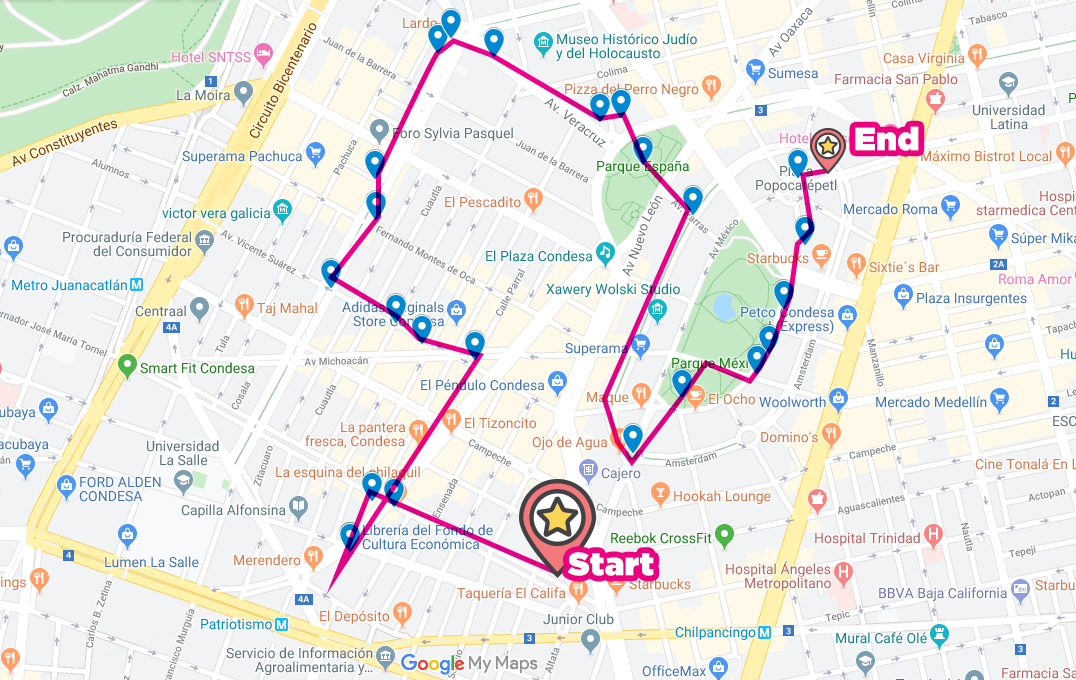
La Condesa History
La Condesa is a small neighbourhood about 5 km outside the city centre. The word “Condesa” means “countess” as this neighbourhood was named after María Magdalena Dávalos de Bracamontes y Orozco, the Countess of Miravalle. The Countess bought a huge expanse of land when she moved to Mexico City. This was her little empire. The area was purchased from a wealthy family, whose last descendants had died. With no children to inherit the land, the Countess was able to buy it all up at a good price. The Countess owned a large manor house to the westernmost point in the city. Today, this old house has been converted into the Russian Embassy. Since the Embassy is highly protected, you can’t really see much of it from the street, so it’s not worth the trek to the west side of town to try to see it.

The Countess rented the land and constructed apartment complexes throughout the new colony. These were specifically geared towards the upper class of Mexico City. The neighbourhood was wealthy enough to afford the best landscape architects and city planners. They made it their goal to create wide, open streets, tree-lined avenues and large, sumptuous parks. Condesa is often called the “lungs” of the city. There are more trees located in this borough than collectively across the rest of the city.
20th Century La Condesa
In the early 20th century, Condesa continued to grow and became a popular place for artists to live. Agustín Lara, a composer of romantic ballads, flamenco dancer Pilar Rioja and painter Juan Soriano all, lived in Condesa. In addition to these artists, many cinema stars of the 40s and 50s also moved into the neighbourhood. Walking along the streets of La Condesa in the 50s was like spotting the whos who of Mexican Hollywood elite.

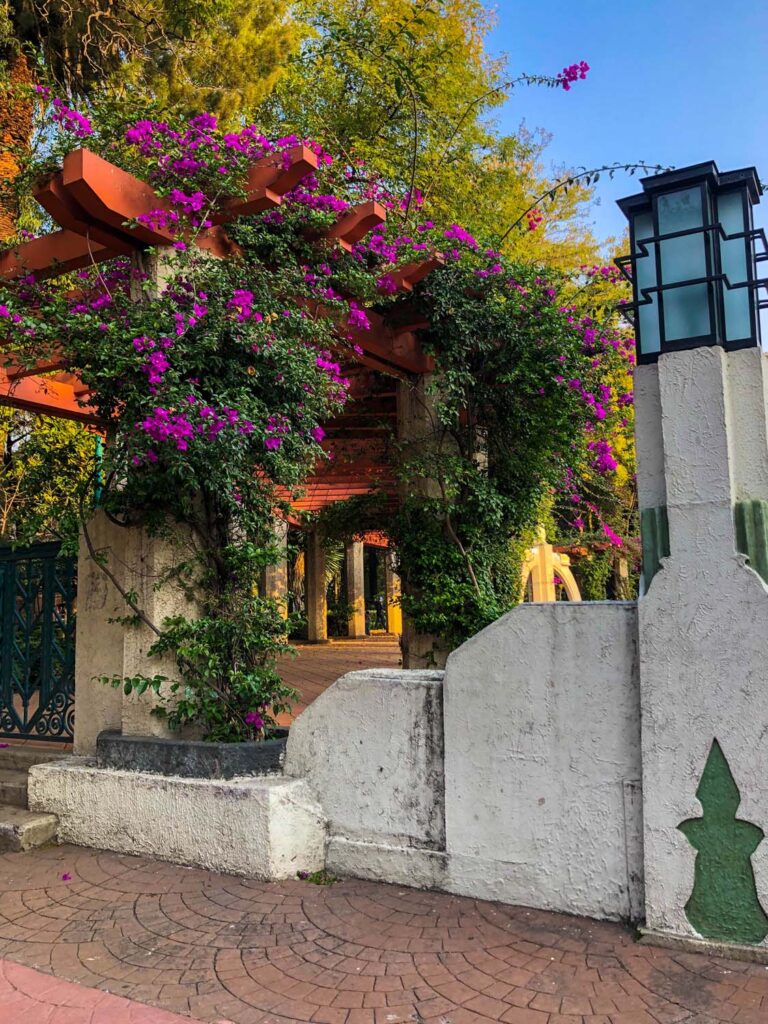
Mexico City Earthquake
The 1985 Mexico City earthquake had a devastating impact on La Condesa. You can still see some of the damage to this day, particularly along the sidewalks on many unused side streets. Many of the people who lived here couldn’t afford to repair their houses, so some were left abandoned. Other families couldn’t afford to move, so they had to remain living in this destruction zone. The rich and elite of the neighbourhood all moved out to Polanco, which is now the Beverly Hills of Mexico City.
The once affluent neighbourhood was reduced to rubble, and for years it remained one of the cheapest places to live. But cheap rent eventually attracted a younger generation of people to live in the area. They came with ambitions to rise up and revitalize the area. Because no one could afford to tear down old buildings, Condesa’s historic houses are left untouched. Therefore precious art deco and midcentury designs are happily still on display today.


Trendy and bohemian restaurants started to pop up in La Condesa due to the inexpensive real estate. And they were much needed to feed this emerging population. With new bars and restaurants, came more people. Condesa’s restaurants were the first in the city to offer outdoor seating along the sidewalks. Since La Condesa’s sidewalks were designed to be wide and comfortable, there was plenty of room to set up tables along the street. This created an outdoor dining room feeling, of everyone eating together in the neighbourhood. Still today, La Condesa is the hottest spot in the city to find trendy restaurants and chic cafes.
Street Art in Condesa
Urban artists found the empty corners of Condesa to be a blank canvas for their art, and even today, despite the rise of urbanization and gentrification, some of the city’s best street artist’s work can be found along these streets. Unlike simple graffiti tags, these masterpieces are truly spectacular works of art. In addition to being beautiful decorations for the neighbourhood, they also draw in street art tours and curious tourists.

Is La Condesa Safe?
When we booked our first trip to Mexico City, safety was my primary focus when booking a hotel. I heard that of all the neighbourhoods in Mexico City, La Condesa had one of the lowest crime rates while still being near all the big sights. I felt completely comfortable walking alone at night in this area without a second thought, and I’m not one of the bravest people. Things can happen anywhere in the world, that’s for sure, so it’s always good to keep a level head and be aware of your surroundings. But overall, I feel like the hype over Mexico City being dangerous is overblown in the media.
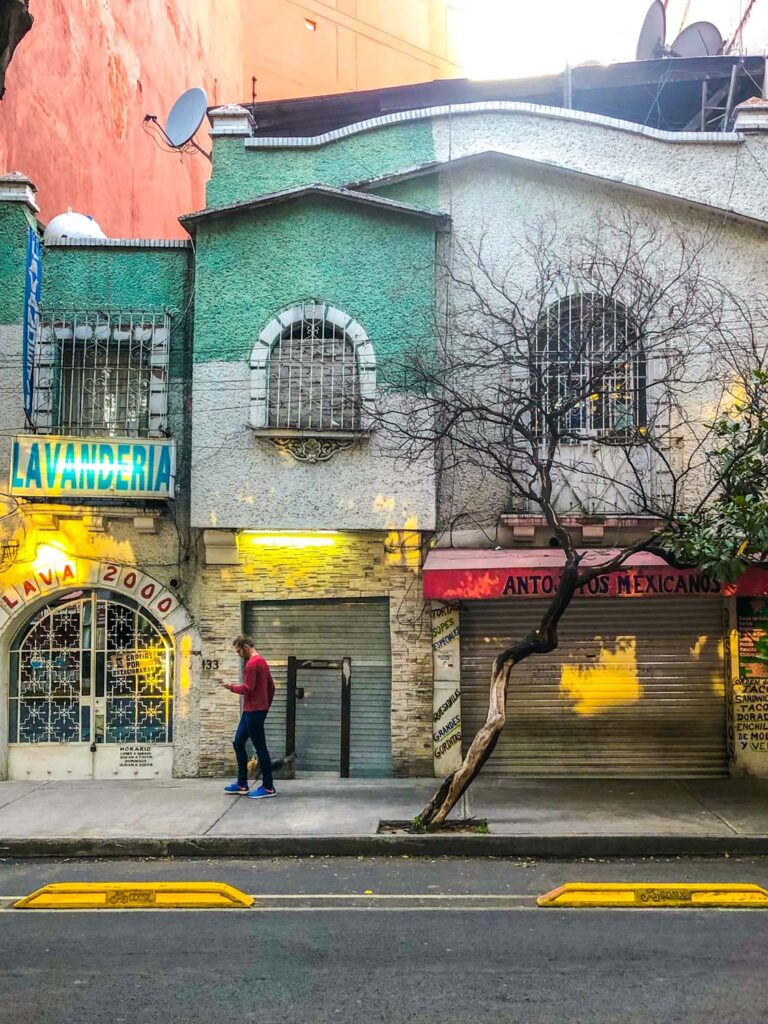
Map of Walking Tour
Chiquitito Café
Start your day with a coffee from Chiquitito Café. The cafe can be found at #232 Alfonso Reyes. Just west of Alfonso Reyes and Aguascalientes street. The cafe opens early in the morning, around 7:30 am. A lot of places in Mexico City don’t open till later, and if you’re like me you want to get out bright and early. This cafe is tiny, but you’ll know where it is immediately by the line out the door.
Their coffee is unbelievably smooth. I’m a bit of a coffee baby and always order a latte or cappuccino and sneak some sugar into it. But at Chiquitito Cage, no sugar was needed, the coffee was just that good. The tables out on the street are perfect for people watching. Street sweepers are cleaning the fallen leaves, tamales sellers are out on their bikes, and school children are off hand in hand with their parents. A wonderfully normal slice of life in Mexican City.

La Esquina del Chilaquiles
After a shot of coffee to wake you up, head over to the corner of Alfonso Reyes and Tamaulipas street. Here you’ll find one of the most delicious street food breakfast options in the entire city. Even before this stands opens, there is a line down the street of locals waiting for this incredible treat; torta de chilaquiles. You NEED to get here early to make sure you don’t miss out on this iconic Condesa treat. Torta de Chilaquiles is a unique Mexican breakfast sandwich. “Chilaquiles” is a Nahuatl word, which means “bathed in chilli.”
This shop has been serving the neighbourhood since 1950 and has been run by generations of the same family. Their torta is made with a large, fresh french roll, as big your forearm. The roll is split open and filled with refried black beans, two types of meat, salsa, and fried corn chips. Finally, it’s finished off with a crumbling of cojita cheese and fresh cream. The entire monstrous sandwich costs only 35 pesos ($1.80 USD)! And you’ll be full for hours! If you don’t have a big appetite you can split it between two or three people.
Michoacan Market
If you’re interested in visiting a local marketplace, then head up the street to the Michoacán Market. Head northeast on Avenue Tamaulipas for three blocks. Just past Avenue Vicente Suárez you’ll find the market on the corner of Tamaulipas and Avenue Michoacán. The Michoacán Market was built in 1946 and has an amazing Functionalist architectural design. The market is located at the intersection of three of the most important streets in Condesa. This made the marketplace the de facto heart of Condesa. Inside there are twenty-seven different vendors selling everything from fruits and veggies to slow-cooked meals and freshly baked tortillas.
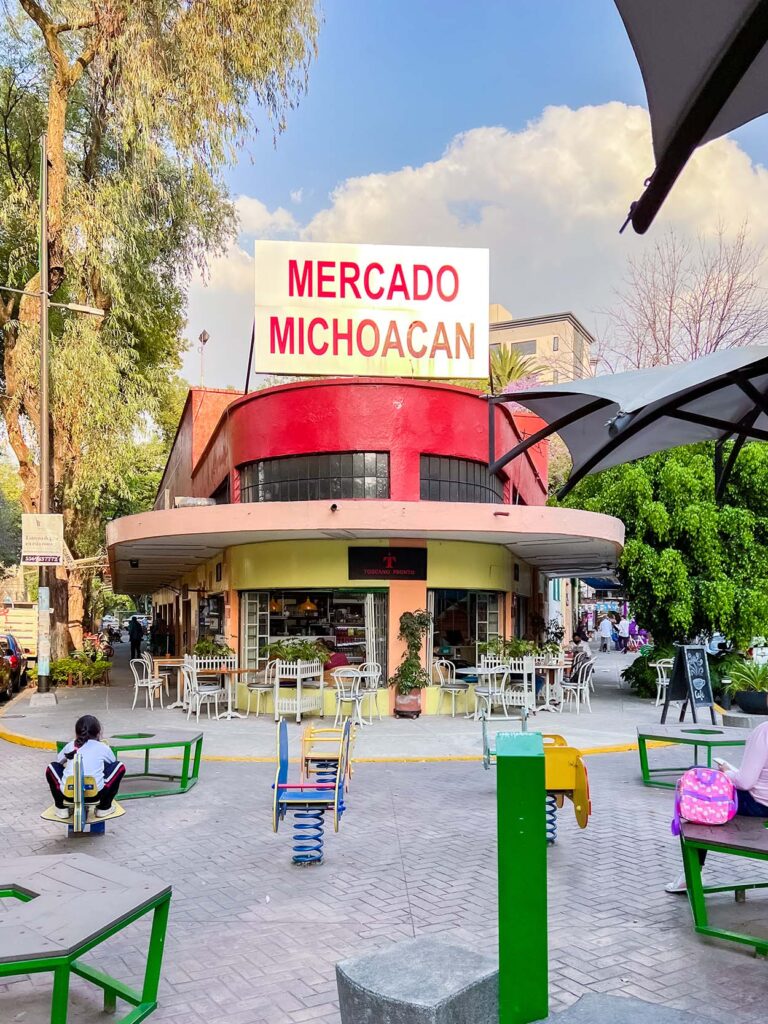
García Madero
Head west for about two blocks on Avenue Michoacán toward Avenue Vicente Suárez. The smell of freshly baked bread will simply draw you into this shop. García Madero Bakery sells small batches of baked sweets and bread right out of this little shop. Once their goods are sold out, the shop closes down, so don’t rely on the official business hours for your chance to taste these amazing baked goods. The owner of the shop was once a lawyer and quit his job to follow his passion for baking. And from his huge popularity, it looks like it has more than paid off. Try their concha, a classic Mexican sweet bread that is recognizable by its seashell textured top. But if you visit in the Spring, try the chocolate-dipped croissants with edible pansy flowers. Spectacular to eat as well as to look at!
Avenida Mazatlan
With your delicious sweet bread in hand, wander west across Avenida Vicente Suárez for four blocks until you reach Avenida Mazatlan. The Avenida Mazatlán is a wide stretch of roads with a gorgeous central pedestrian walkway. This walkway is flanked by enormous trees and plants of all kinds. Walking beneath this canopy makes you feel like you’re in a tropical dream. Even on the hottest day, the shade beneath these trees is so refreshing.

The Avenida Mazatlan is full of amazing architectural sights. This street was one of the first where the new Condesa colony expanded, and the buildings along the street represent the styles of architecture as the neighbourhood began to grow. You’ll see designs like neocolonial, functionalist, eclectic and rationalist styles, but especially art deco. There are over 250 buildings along this one street, which are designated as artistic value to the neighbourhood.
Nevería Roxy
Nevería Roxy can be found just a block north at the intersection of Fernando Montes de Oca and Avenida Mazatlan. This is a neighbourhood establishment that has been serving up ice cream to the community since 1946. In the 50s it was one of the most happening places where famous bullfighters, businessmen, cattlemen and fans would come after the bullfights from the nearby Plaza de Toros Condesa. The ice cream parlour still has the retro charm of the original shop, and although machines and technology have changed, the recipes have not. You can get traditional flavours as well as some exotic Mexican fruit flavoured ones as well. Perfect for a hot day!
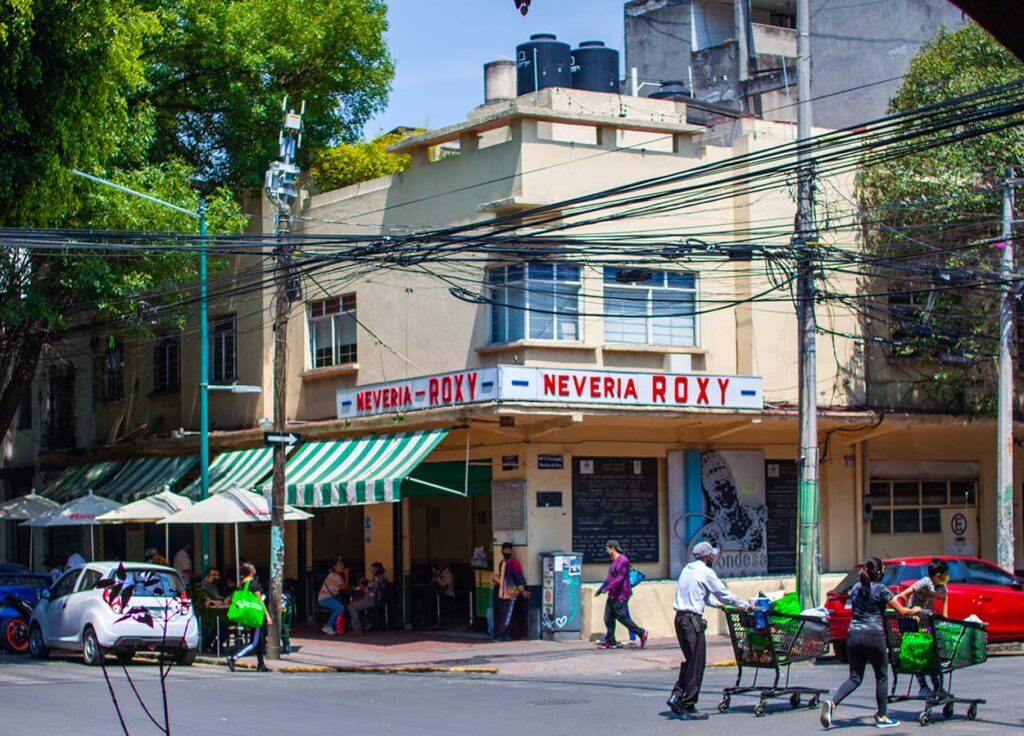
Los Condesa
Head northwest on Avenida Mazatlan toward Juan de la Barrera for about three blocks. Just past Juan de la Barrera you’ll see an old white and green painted apartment complex. This series of apartments is called “Los Condesa,” and were the first luxury apartments to be built on the block in 1911. These beautiful apartments drew other wealthy people into the area. They were ostensibly the buildings that founded the neighbourhood. Today the waiting list to live in these apartments, despite their old age, is incredibly long. They are considered historical, and the prestige of living there is quite high.
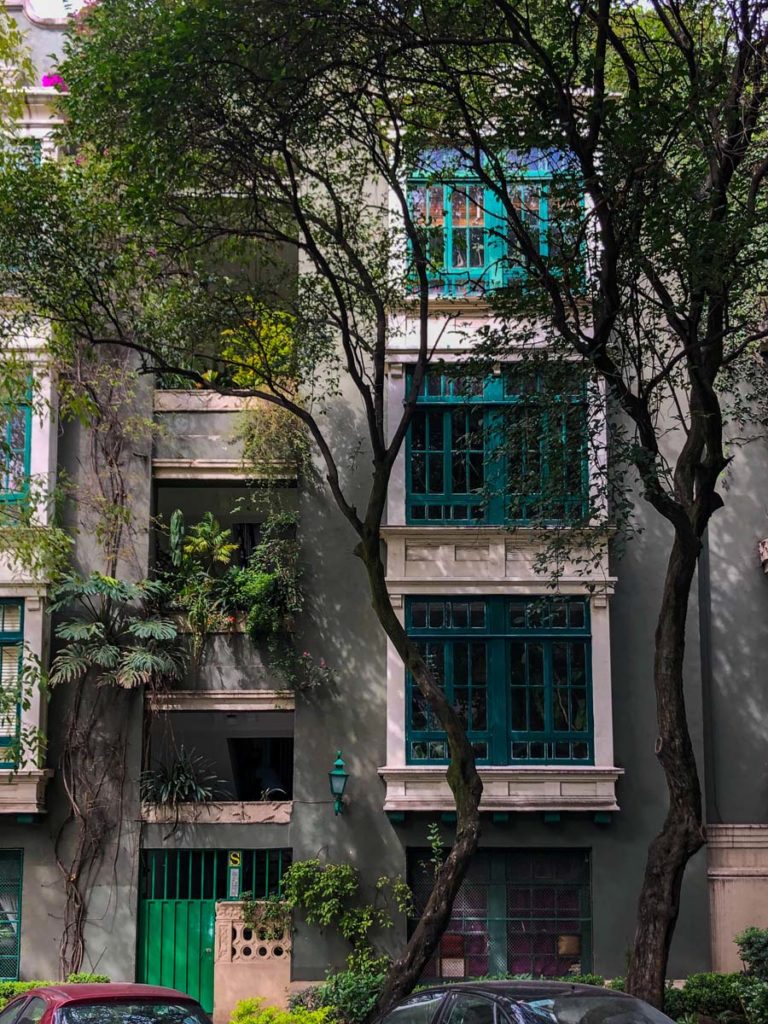
Lardo
Walk just one block north, on the corner of Avenida Mazatlan and Veracruz street, and you’ll find one of the cutest restaurants in the city. Lardo is a trendy brunch and lunch spot that has some of the very best huevos rancheros in the city! It’s a fantastic blend of traditional ingredients and modern menu items. The hipster vibe inside blends the historical aspects of old Mexico City with the vibrant new ideas and sensibilities which the younger generations are bringing to restaurants and cafes in these old neighbourhoods.

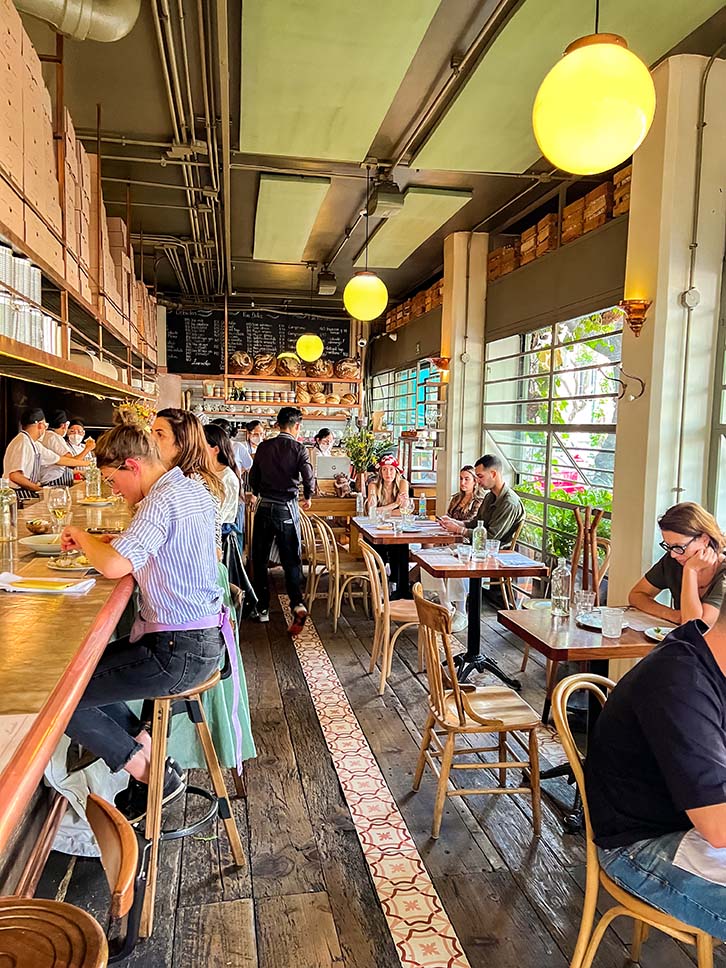
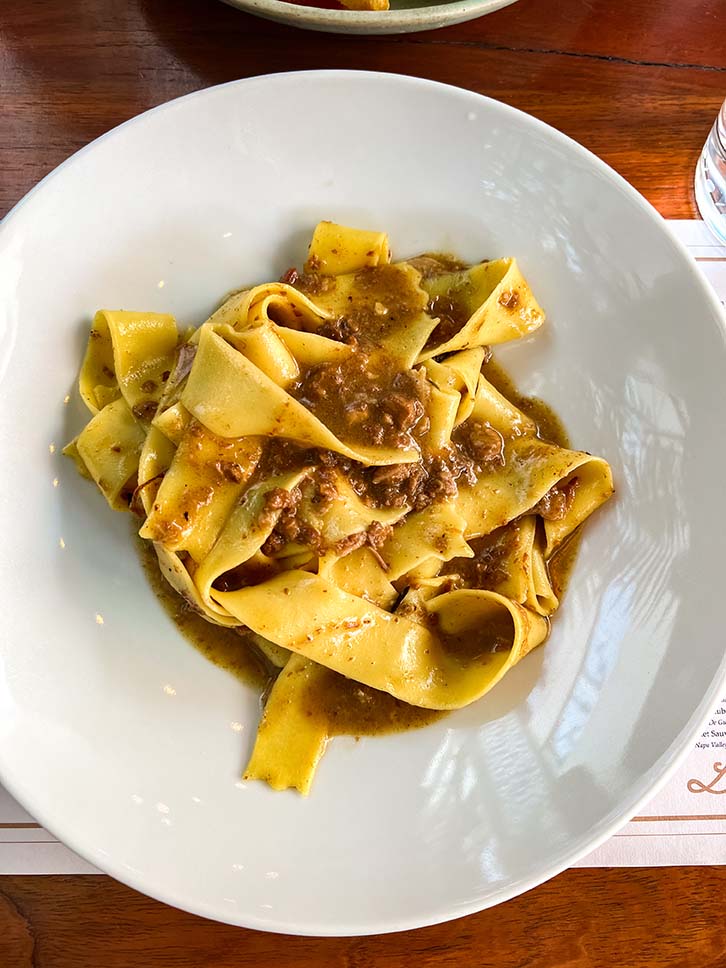

Avenida Veracruz
Continuing on our walking tour, we set out to stroll down Veracruz street. We will be walking east on Avenue Veracruz toward Agustín Melgar for three blocks. A great way to work off that filling lunch! This street is dotted with fantastical old mansions decorated in vibrant colours. These old houses are covered in rich ornamentations and fine ironwork. The area was severely damaged during the 1985 earthquake, and despite the wealth of many of these houses, there is still the occasional abandoned house which displays the damage of that immense quake.
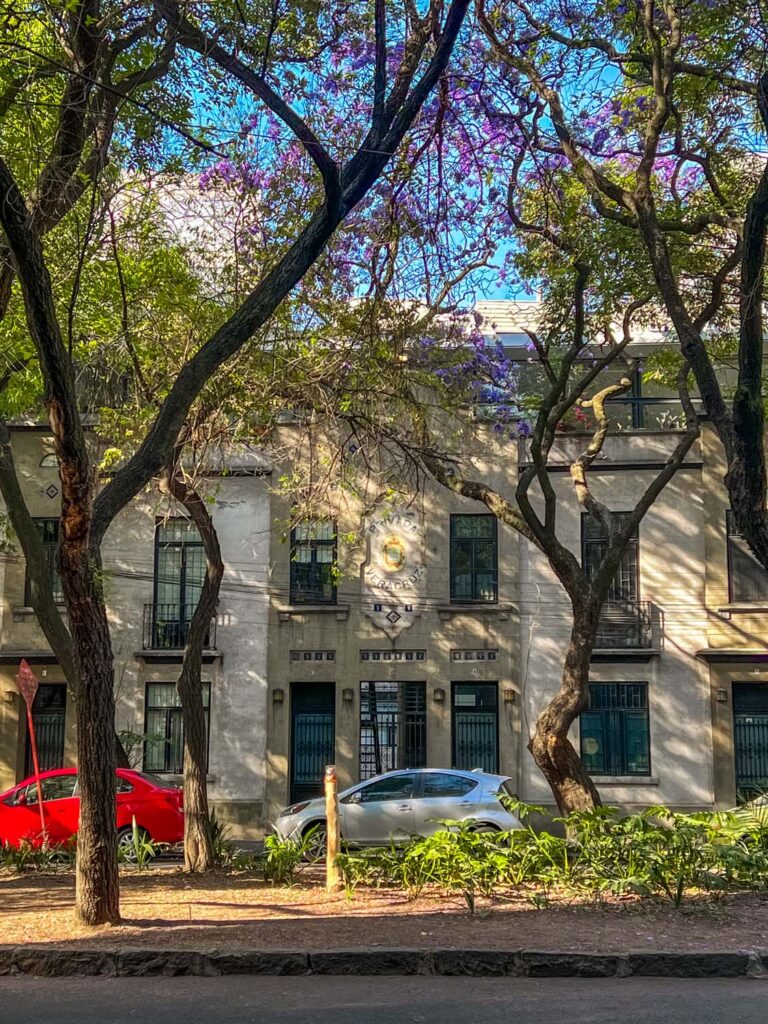
Hotel Condesa DF
At the end of Veracruz Street, just before the park, make a stop at the Hotel Condesa DF. You’ll recognize it right away from their antique, burgundy car, which sits out front. This building is a gorgeous, albeit pretty pricey, hotel, but it was originally built as a great manor house. The architect designed the house in the French neoclassical style in 1928. The columns along the corners of the building are my favourite little detail, as they are covered in ornate carvings. If you’d like to stop in for a drink, the rooftop terrace has a lovely bar with views of the nearby park.

Archivos Plutarco Elías Calles
Walk around the back of Hotel DF, along Guadalajara street to house #104. This is the Archivos Plutarco Elías Calles. This building is another incredible example of Mexican neo-gothic architecture. The mansion was originally designed for the personal secretary to President Álvaro Obregón. The neo-gothic style of architecture was popularized by the great Metropolitan Cathedral in the Zocalo. This style featured pointed arches, stone rosettes, and large stained glass windows. All of which can be seen here. Today this house has been turned into a temporary restaurant but hopefully that becomes a permanent feature so everyone can enjoy the stunning garden inside.
Parque España
Walk across the street, you’ll find the little brother park to the opulent Parque Mexico, Parque España. Parque España was built in 1921 to commemorate the 100th anniversary of the end of the Mexican War of Independence. In the centre of the park, is a great blue abstract sculpture, commemorating Lázaro Cárdenas. Cárdenas was the President of Mexico between 1934 and 1940 and has been revered as “the greatest constructive radical of the Mexican Revolution.” He stands like a beacon in the park, still overseeing his people.
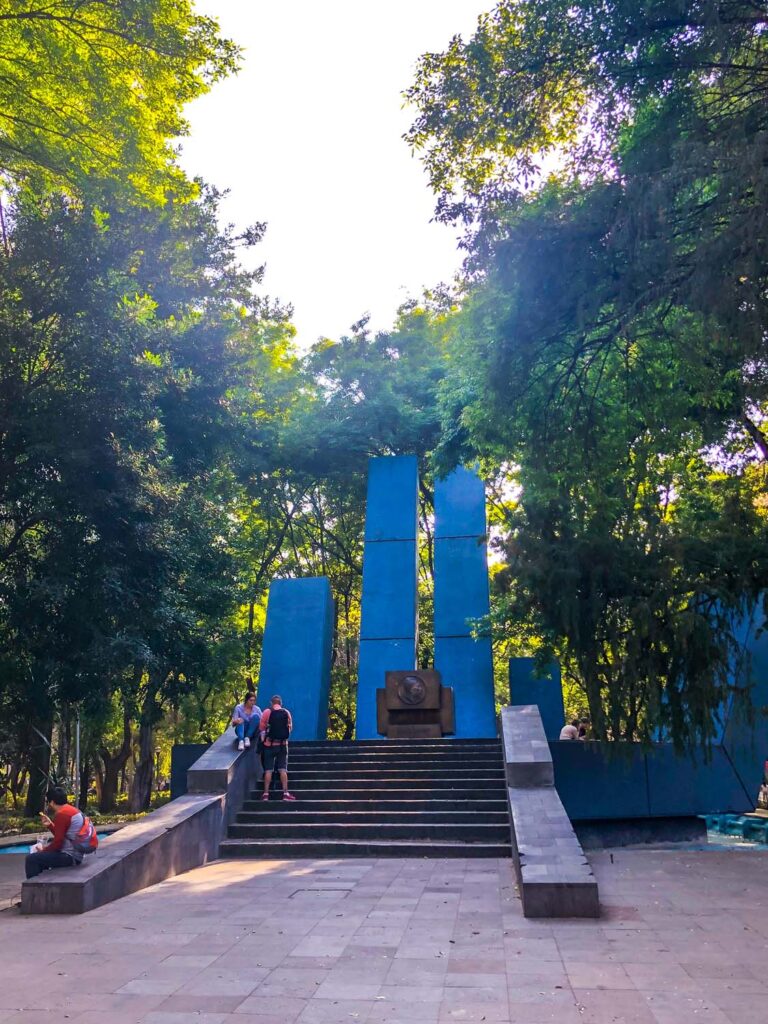
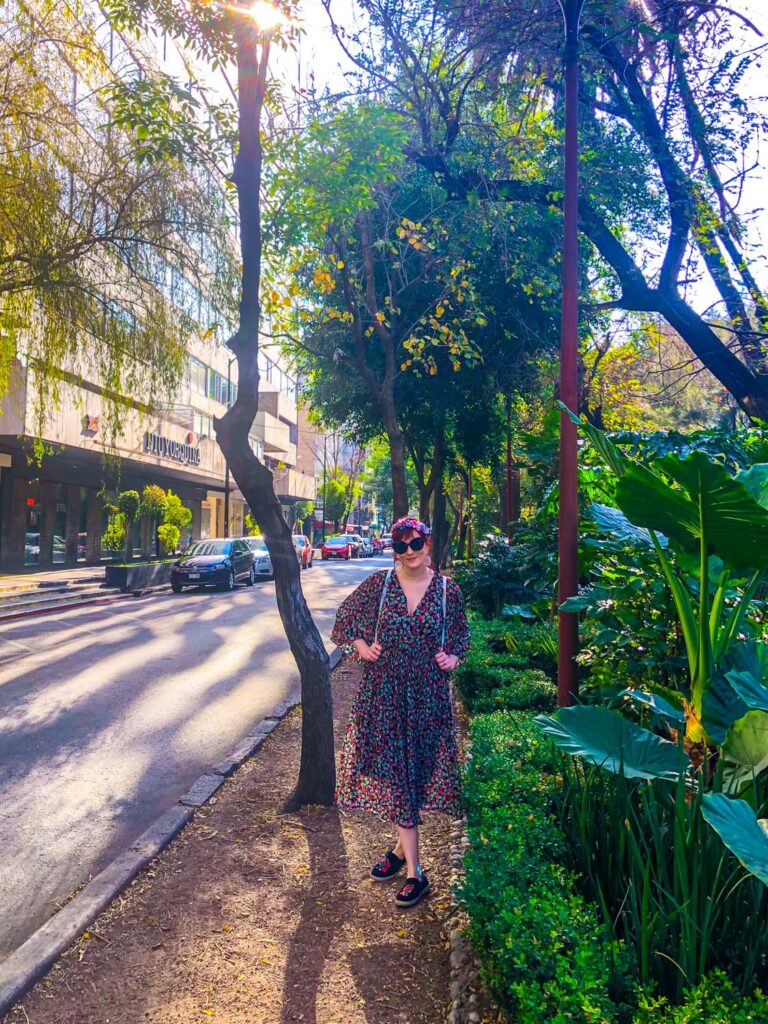
Avenida Ámsterdam
Walk east across the park. You’ll pop out on the other side, on Avenue Nuevo León which runs north/south. Make your way to the street running east/west called Avenue Parras. Head east along this street for just one blocks and you’ll arrive onto Avenida Ámsterdam. The Avenida Ámsterdam is a huge oval road which encircles the grande Parque México. The central walkways lined in great trees are some of the lushest pedestrian avenues anywhere in the city. Because this avenue is mainly residential and seems hidden away from the busy main roads, it’s also one of the most peaceful places in a city. Despite being one of the most populated cities in the world, this area of town feels like you’re in the middle of nowhere.
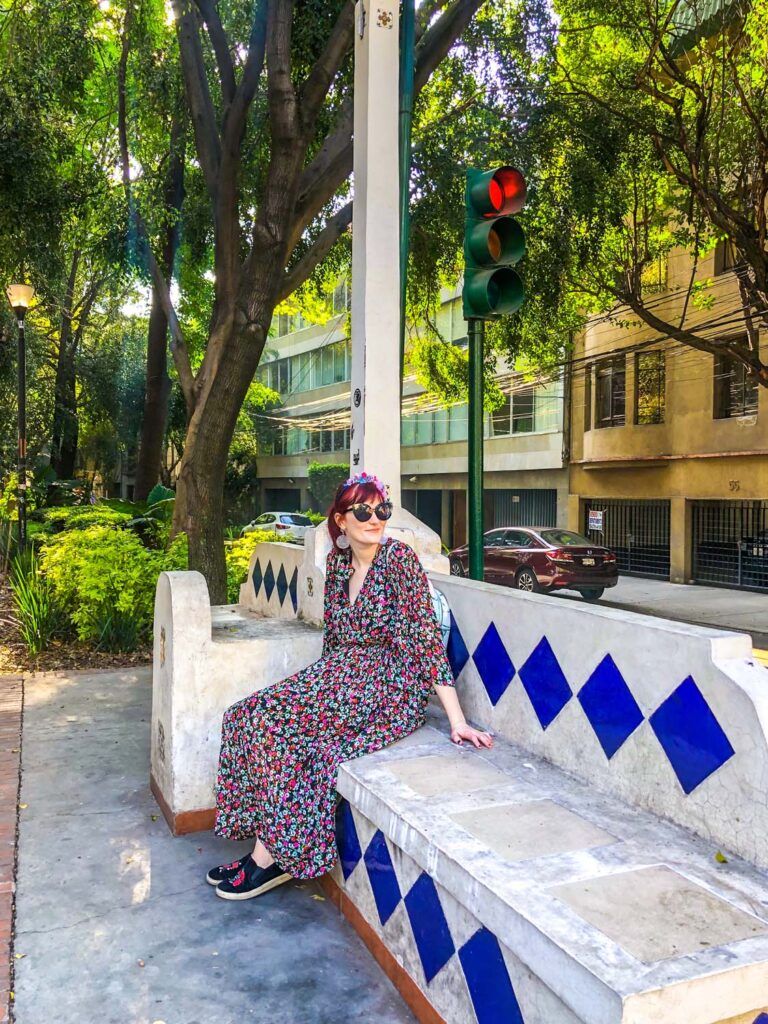
The Race Track
We’re going to walk south along the ring road for four blocks. The circular aspect of the road was not simply a stylish design. It was for a practical purpose as the road was initially designed for racing. President Diaz inaugurated the race track in 1910. The track hosted both automobile and horse racing, both of which were at the height of their popularity in the early 20th century. Racing was for the elite of Mexican high society as the money they poured into this area can still be seen today.
During the 1920s, in the height of the art deco trend, many manor homes and mansions were built around the racetrack. Even the sidestreets themselves were given the artistic treatment with lamposts and street furniture being designed right into the roadway. This way the entire street looked bespoke. These lamposts and outdoor furniture are still around today for you to sit and chat on while waiting for the light to change. Their fabulous blue tiles are still as vibrant as the day they were installed.
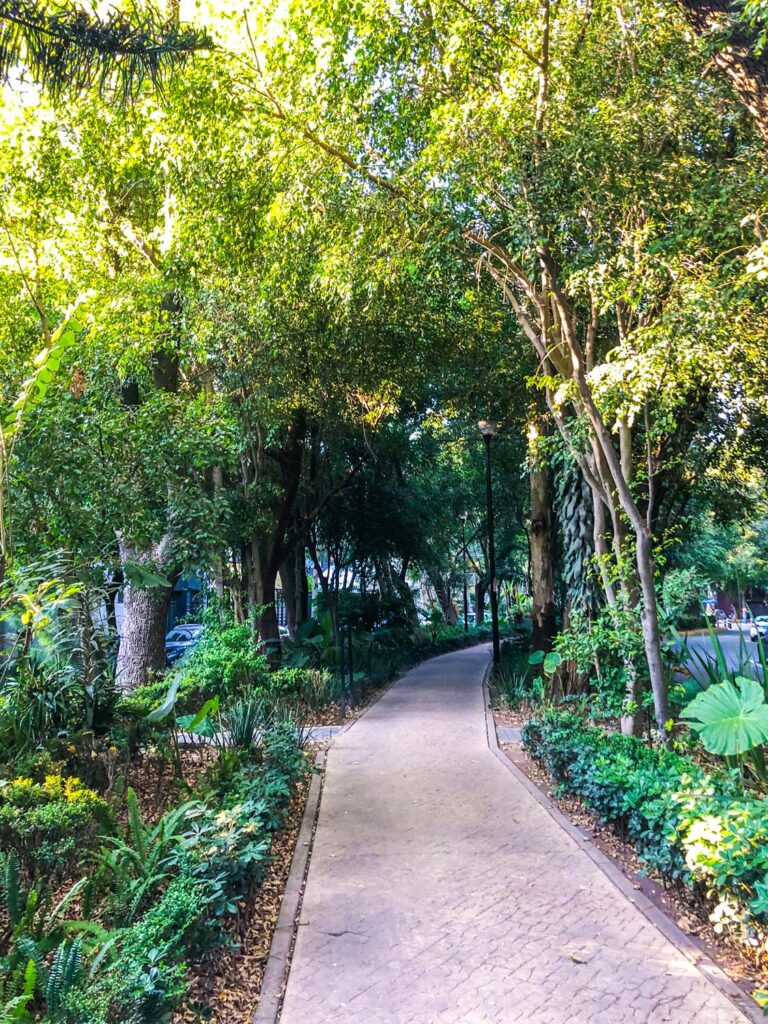
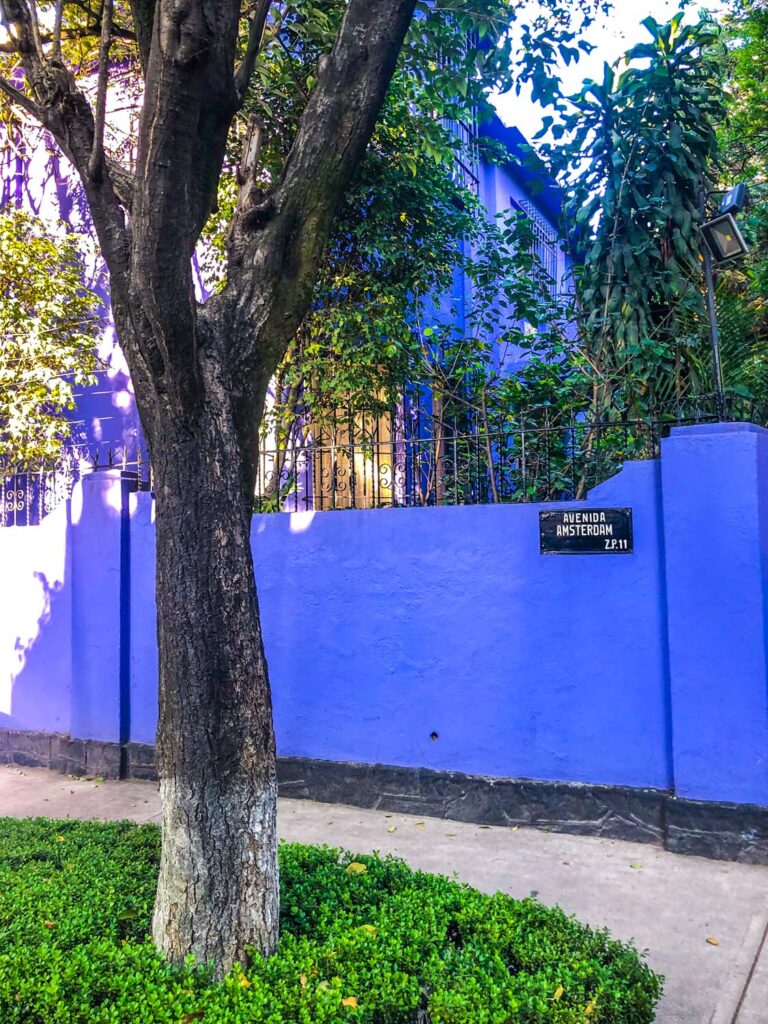
Plaza Citlaltepec
At the southernmost point of the Avenida Ámsterdam is the Plaza Citlaltepec. This small parkette, with a central fountain, might not be very historically famous but it’s my favourite little area of the city. On all sides of the roundabout, there are adorable cafes and restaurants. A kind fruit vendor is always parked on the Avenida Ámsterdam on the west side of the fountain, and I love stopping in there to get a freshly cut mango with spicy chilli and lime! On the north side of the roundabout is a brightly painted, purple hotel which is awesome to marvel at even from the outside. It’s just such a charming slice of Mexico City, and I love coming here.


Parque México
From the park, head north up Citlaltépetl street, for one block, to the southeast corner of the great Parque México. I adore this park. Coming here in the afternoon means the park is absolutely bursting with excitement. Hundreds of dogs are out for their afternoon walk, kids are playing in the large square and lots of locals and tourists are relaxing under the enormity of shade the park provides. Especially during the Jacaranda season, this park is one of the most beautiful places in the city.

They call this park the lungs of the city since there are so many trees here trying to filter out all the city’s pollution. Hereunder these trees are where people in some areas of the city without green space come to “convalesce.”
Instead of being designed based on a rigid, street like a plan, this park was inspired by the great gardens of European palaces. Ponds and walkways weave and sway throughout the nine hectares of parkland. Organic forms are used throughout, and even the benches are designed to look like they are merely a few branches placed together to form a sitting area.

Flora and Fauna
Throughout the park, you’ll see Lebanese cypress, mimosas, and palms. There is also a variety of exotic flora such as bamboo and brightly coloured flowers. Some of these plants were native to the land when the park was constructed, and new varieties were added to make it look as natural as possible. They never wanted anything to feel too purposeful, just natural.

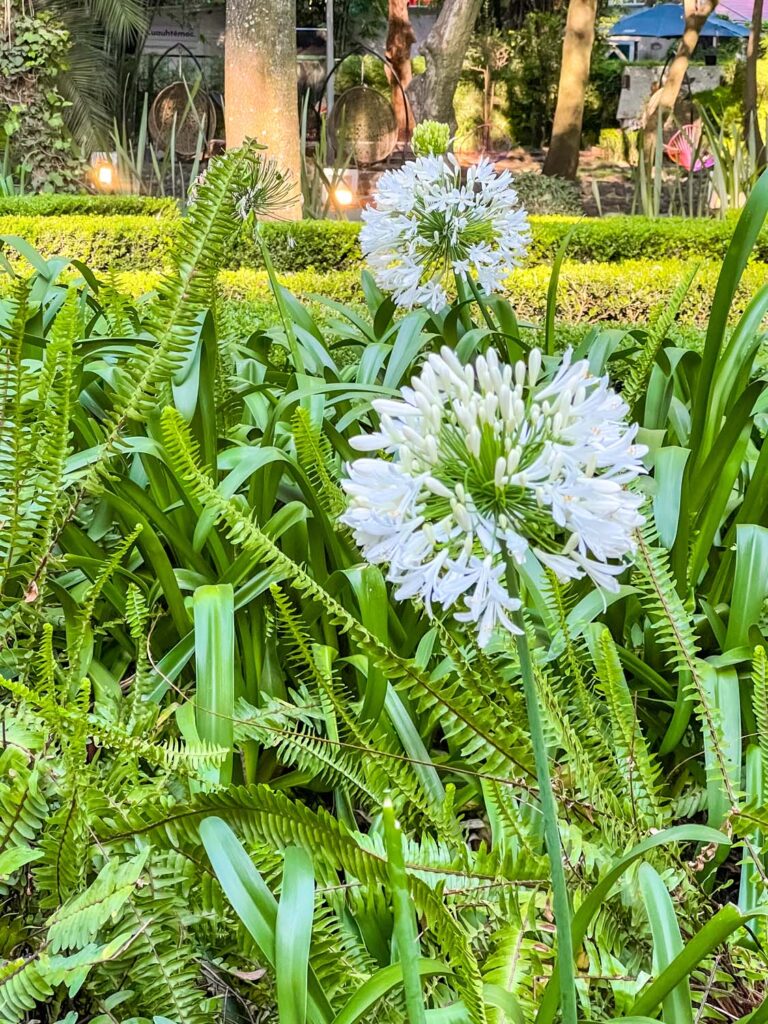
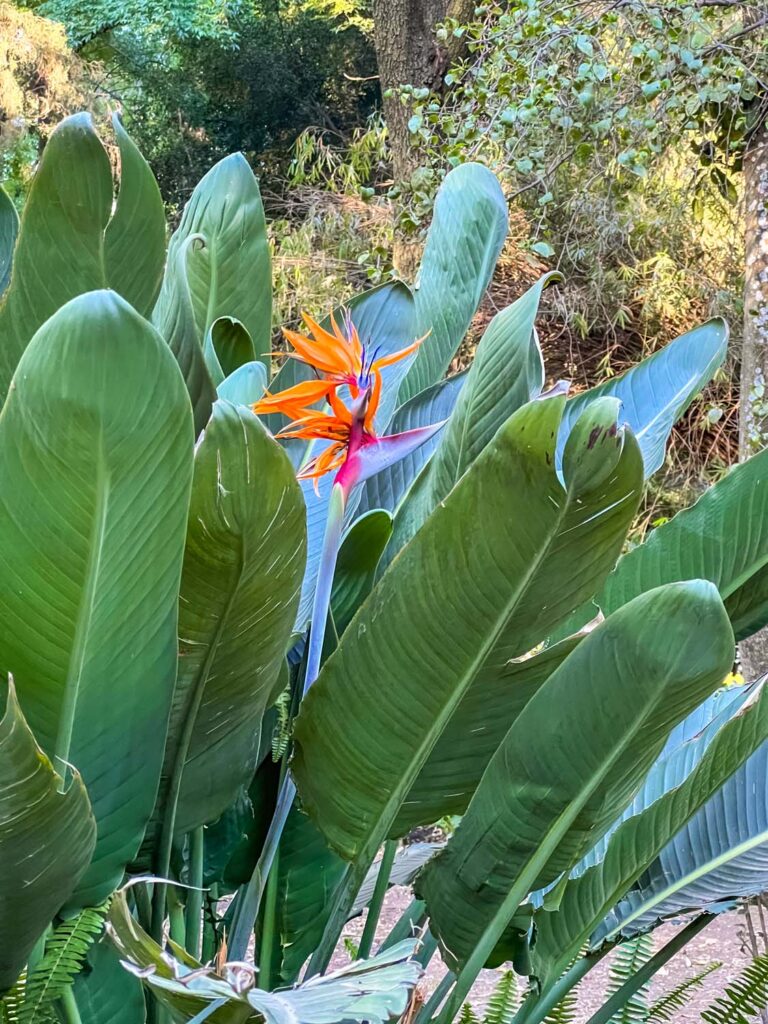
Fuente de Los Cántaros
Wander north through the first section of the park until you come to Avenue Michoacán, which bisects the park. On the other side of this street, greeting you with a sly smile is the Fuente de Los Cántaros. Fuente de Los Cántaros means fountain of the jugs, and although the indigenous women in the centre is holding two water jugs, you might get an idea why the fountain was nicknamed this for a different reason. The woman who modelled for the statue was Luz Jiménez, who also modelled for Diego Rivera, which is why her face might look so familiar.


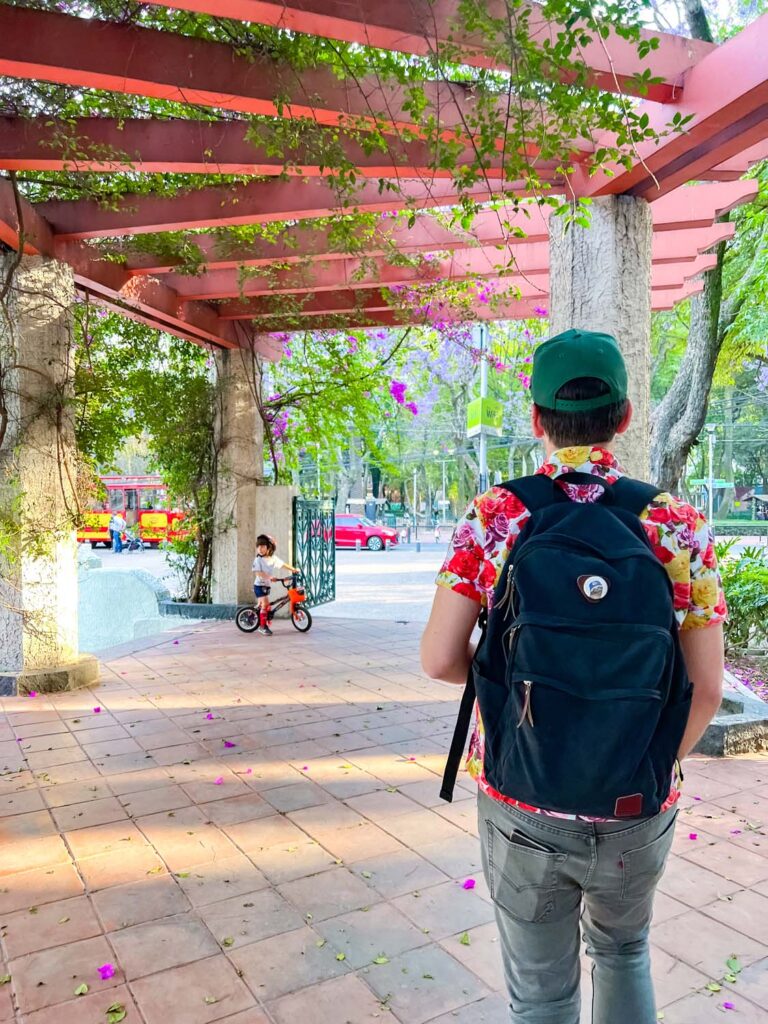
Lindbergh Open Air Theater
Behind the fountain, is the enormous Lindbergh Open Air Theater. There has never been a single time I’ve visited here when there weren’t kids out playing soccer in this huge arena. It is never devoid of life. The arena was named after Lindbergh, the first man to make a transatlantic flight. The architect hoped to inspire Mexico City’s youth to reach for the sky just as Lindbergh did! In the centre of the theatre are five geometric pillars designed in the art deco style. On either side of the stage area are two, albeit ageing, frescoes. The surrounding pergola provides shade and the vibrant bougainvillea flowers, which creep over the rooftop, create the most fantastical canopy.
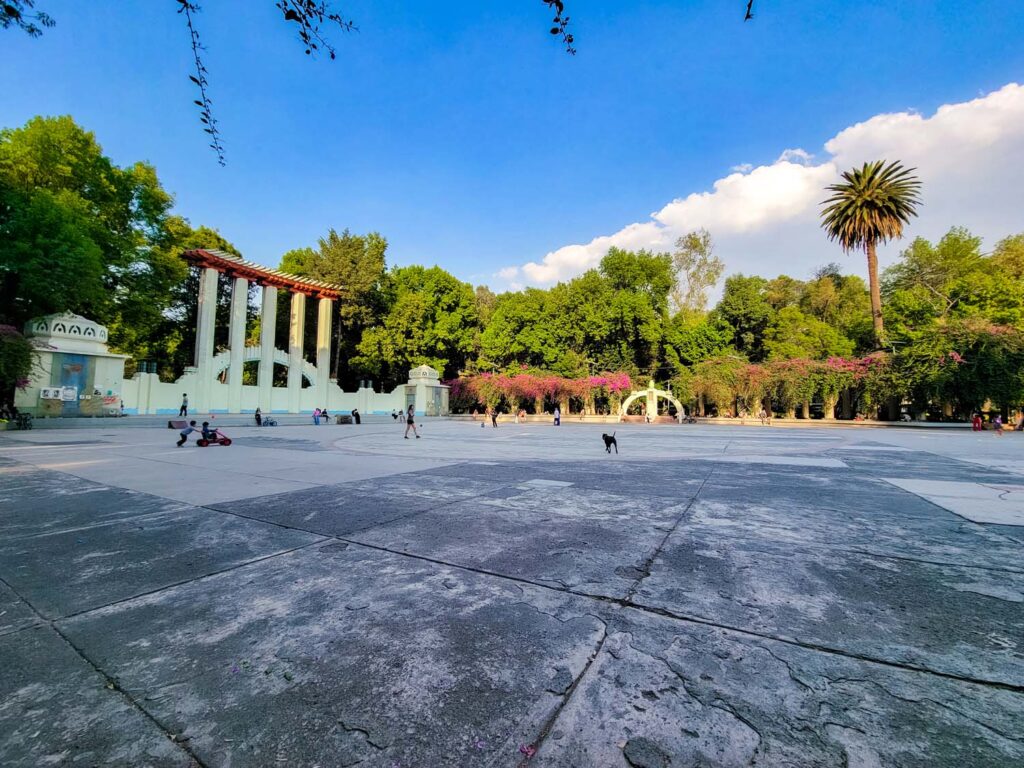
Churrería El Moro
Wander around the park, eating from the various street food stalls and enjoying a short rest under the gorgeous shady trees. If you’d rather avoid street food (although I highly recommend trying it) you can head to Churrería El Moro located just east of the Parque Mexico on Avenue Mexico and Avenue Michoacán. Here you’ll be able to sample a slice of true Mexican history!
The churro was a dessert brought over by the Spanish, but dipping it inside a cup of hot, thick chocolate sauce, was the way in which the Mexicans made the dish their own! Churrería El Moro is now a chain of churro shops, but the original opened in 1935. Today, the grandchildren of the original owner have opened branches all over Mexico City. The Churrería El Moro in Condesa has comfy rocking chairs and benches to relax on outside, but if the restaurant is full, take your snacks over to the park to enjoy under the warm moonlight in the Lindbergh Open Air Theater. The best place to end the night!


Art Deco Architecture
Once restored, get ready to make your way north along Avenue Mexico. Avenue Mexico was one of the most prestigious real estate spots in the entire city, as the houses along this road overlooked the park. The majority of these buildings were built throughout the 1920s to 40s and maintained a highly stylized art deco theme throughout. Even some of the buildings which are being restored to be transformed into hotels are working hard to maintain their exterior design as the retro look is what draws so many people to this area.

Edificio Rosa
Walking north along Avenue Mexico for half a block to the Edificio-Rosa at #147. The Edificio-Rosa building is worth a stop to see the blush-painted exterior juxtaposed with black wrought iron window bars. The colour combo is truly fabulous. But what I love even more is the incredible typography of the building’s name, spelled out on the exterior.

The Edificio San Martín
Continue north, crossing Teotihuacan Street find #167 Avenue Mexico. This amazing structure is the San Martín Building, designed by Ernesto Buenrostro. The most interesting aspect of this 1930s design is the name of the building, which is cut out into the facade of the exterior! The lobby of the building still has so many of those art deco tiles and details, so if you can get a peek inside without disturbing the doorman, you should try to get a lookie!

The Basurto Building
Continue walking north, crossing Avenue Sonora, where you’ll find the Basurto Building at #187 Avenue Mexico. The Basurto Building is another iconic Bauhaus-style building that is notable mostly for its straights lines, which bend and weave into curving waves. It was designed by architect Francisco J. Serrano in 1945. The building was severely damaged in the 1985 earthquake, but restoration efforts were put underway in recent years to restore this architectural gem!
Edificio Tehuacan
Just across the street at #188 is the Tehuacán Building. This is probably my favourite of all the art deco structures in this area. It was built in 1931 and was designed bu the same man who made the San Martín Building, Ernesto Buenrostro. What makes Buenrostro so interesting was that he was a Mexican architect who used elements from the art deco styles which were so pervasive around the world but embued in those designs, traditional Mexican elements. On the front of the exterior, blended in with the geometric elements of the architecture are terra-cotta coloured carvings from ancient Aztec culture.
Plaza Popocatépetl
Walking one more block north along Avenue Mexico, you come to a roundabout, marked with a large fountain. This is the Plaza Popocatépetl. The fountain is named after Popocatépetl, a large volcano in central Mexico. The art deco Popocatépetl fountain was designed in 1927. This fountain is one of my favourites, I love the traditional, Mexican tile works which add texture and interest to the white dome in the centre of the fountain. This is the final point on the tour and a great place to take a rest and reflect on all we saw along the way!
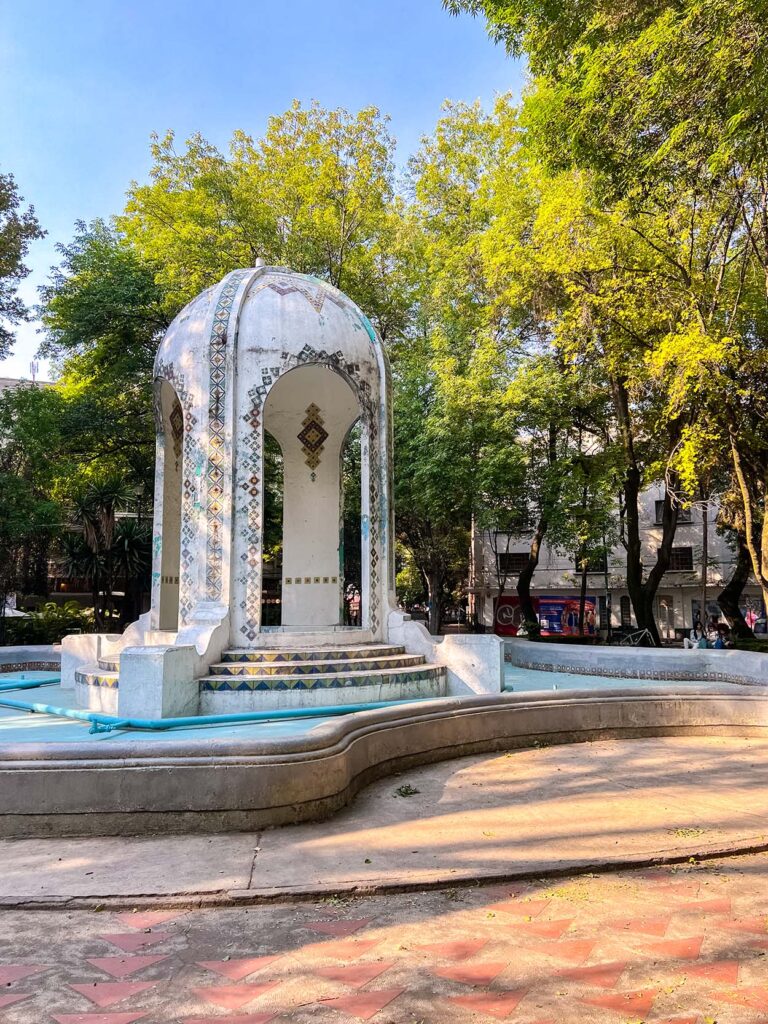
La Condesa is my favourite neighbourhood in the city, and I’d honestly be happy never leaving these streets the entire time, that’s just how amazing this place is. Although following this tour is a great introduction, the best part of La Condesa is exploring hidden streets and finding new amazing restaurants and boutiques for yourself along the way! Please share here your favourite part of La Condesa or let me know where you like to stay when in Mexico City!
Happy Travels Adventurers!
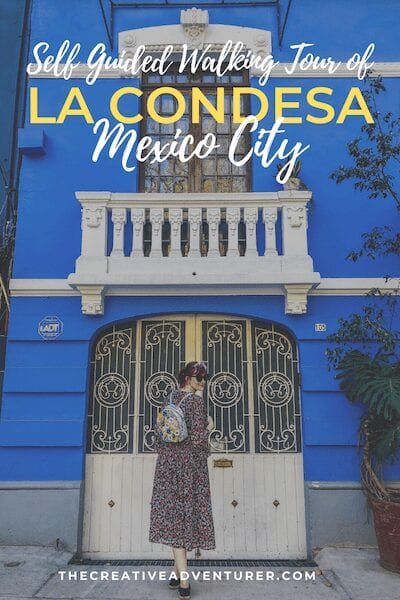

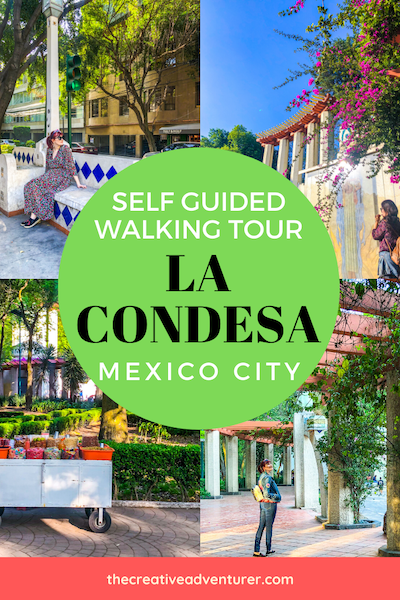

Leave a Comment
Pingback: The Ultimate Bachelorette Trip to Mexico City - The Creative Adventurer on February 16, 2020
Pingback: The Ultimate Mexico City 7-Day Itinerary to See the Sights and Soak up the Culture [UPDATED 2022] - The Creative Adventurer on February 16, 2020

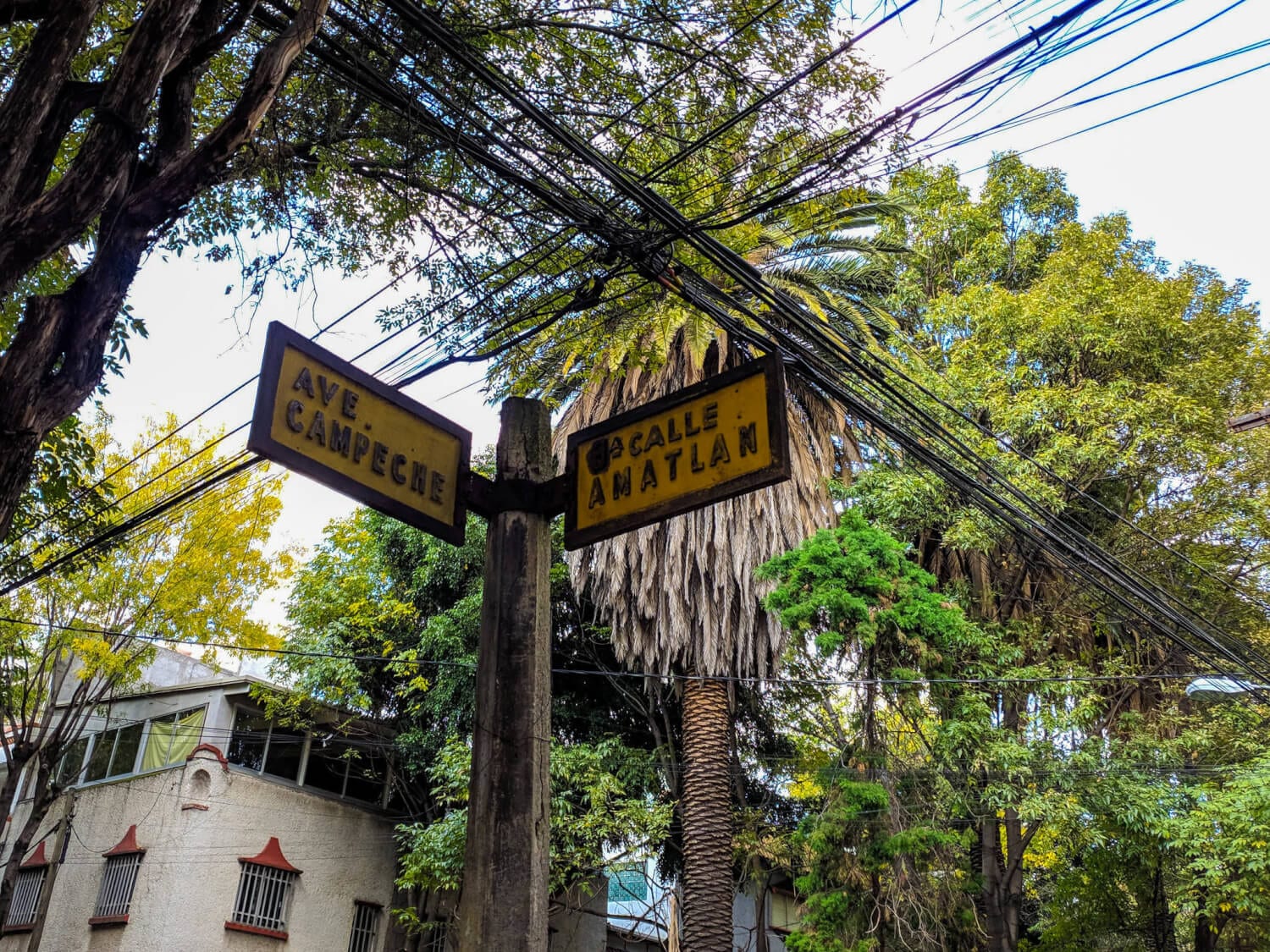
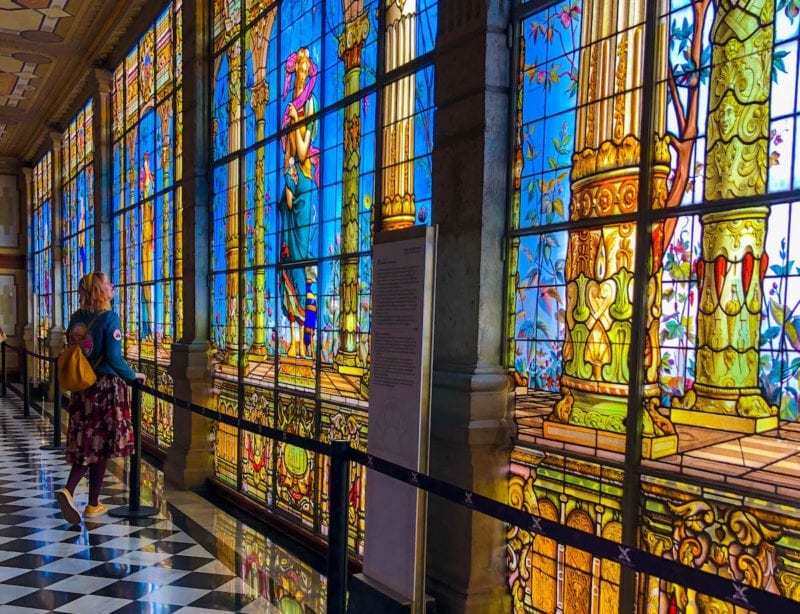
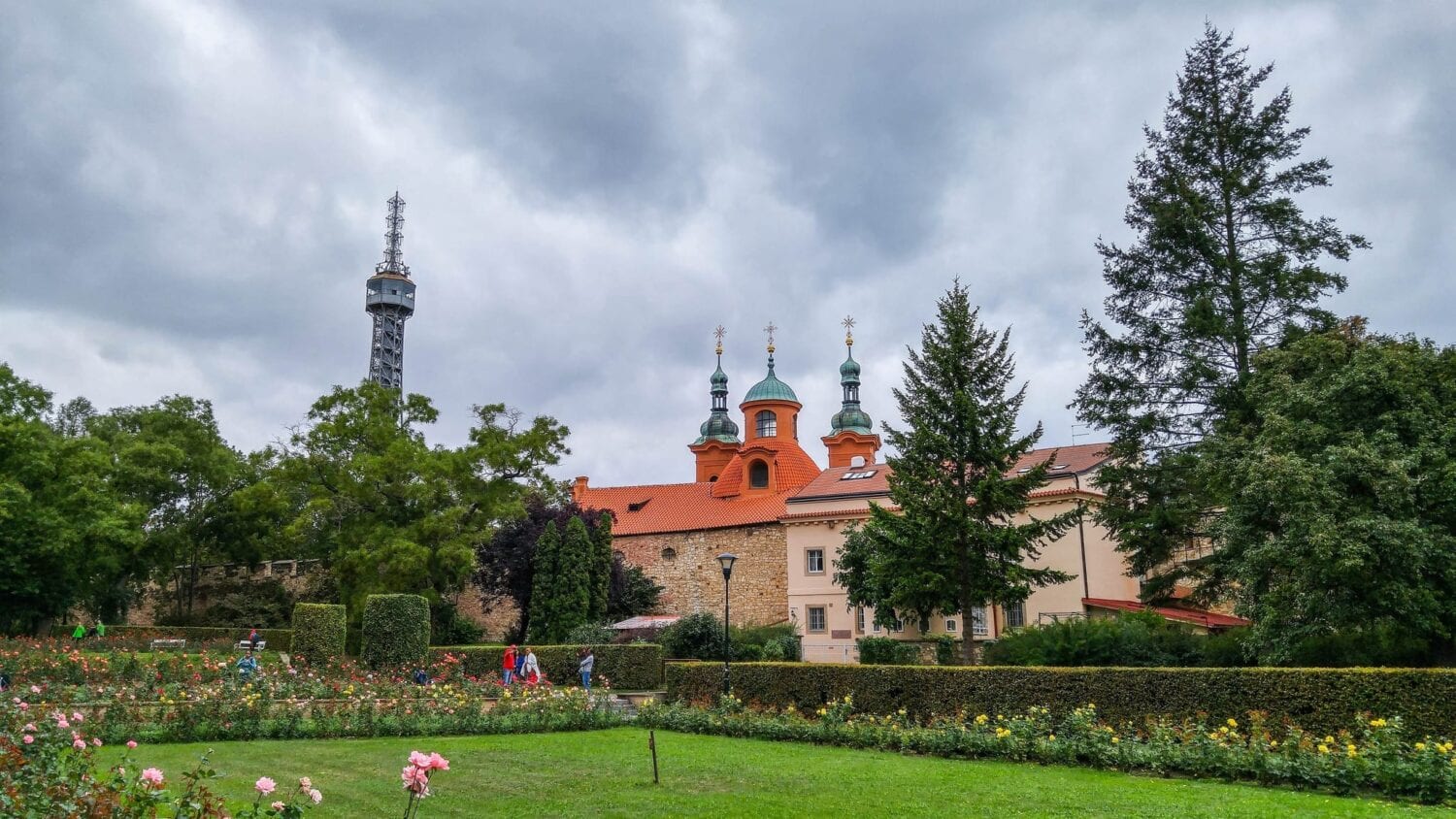
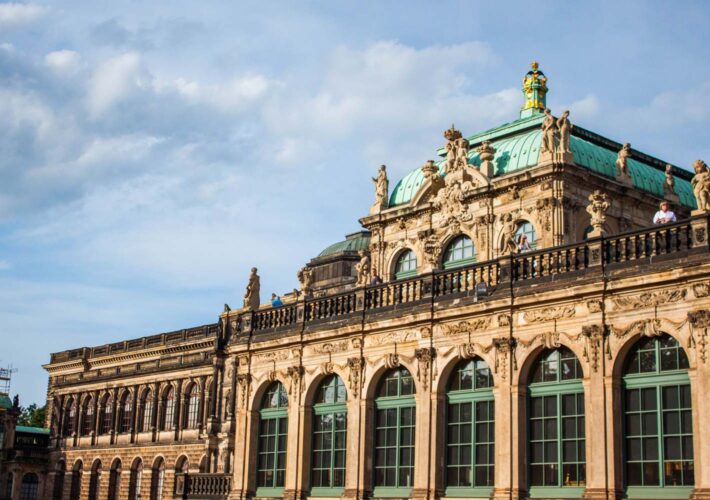
14 COMMENTS
Michael
2 years agoClearly you invested thought and time into this post. However, it lacks the basic info required for it to actually be a useful, practical guide: We need addresses and actual directions (i.e., turn left here on _____ street, walk 5 blocks and then turn right on _______ street). And the map is not high resolution and names of many of the streets we’re supposed to walk along are not even found or seen on the map!
How disappointing. This could have been a great guide for a self-guided tour.
laura.f.whelan
2 years ago AUTHORHi Michael, thanks for your feedback. I have a google map link at the bottom of the post as well as the smaller image at the top of the post to help people find the destinations linked in the post. But you make some good points and I’m going to edit the post as per your pointers to make it more helpful for those who want to follow the guide step by step. Thanks for taking the time to comment 🙂
Ryen
2 years agoThanks for composing this. How much time should be planned for this if walking leisurely and stopping at most places along the way. Would a half day be sufficient?
laura.f.whelan
2 years ago AUTHORA half-day is the perfect amount of time for this tour! I love starting the tour in the morning to hit up the coffee shop and breakfast Chilaquiles. Then, if you’re extra hungry you can grab some more food over at Lardo for brunch. There are plenty of stops along this tour near benches and places to just sit and absorb the sights all around you so it’s definitely a leisurely walk. If you’re looking to combine the half day exploring La Condesa with something else, Chapultepec Park is a short 15-minute walk from the centre of Condesa so you can spend the afternoon exploring that amazing green space.
Ryen Speed
2 years agoCurrently on this walking tour and it is the absolute best! Thank you!
laura.f.whelan
2 years ago AUTHORThanks Ryen! I’m so happy you’re enjoying yourself! Happy to make your trip a little bit more enjoyable 🙂
Robert
2 years agoWonderful walking tour! Thanks so much. Started around noon. Had an incredible lunch at Lardo, and finished the walk around 5pm. Beer stop along the way. Absolutely lovely.
The Creative Adventurer
2 years ago AUTHORRobert, thank you so much for letting me know! I love hearing about people’s experiences with the walking tour! Glad you stopped in at Lardo, it’s one of my favourites. So happy you had a great time in Condesa!
Sam
2 years agoWe are planning a trip in February. Can’t wait to take this walking tour. Starting with the coffee and Chilaquiles! Thank you for putting this together.
Maya
2 years agoThank you! We walked your route today and it was wonderful.
Isabel
8 months agoThank you so much!! Your tour was one of our highlights in one week CDMX. If we were to move to Mexico, Condesa would definitely be our neighborhood. Thanks for showing us 😊
We did the tour the other way round and ended up in „Botánico“ in Alfonso Reyes. Such a gem. Beautiful Art Deco architecture. Impressive cactus garden. Nice color concept. Cool music. Unexcited exciting crowd. Spicy Margaritas. Delicious food. Do you know it?
The Creative Adventurer
8 months ago AUTHORHi Isabel, so happy you loved the tour as much as I loved writing it for you! I haven’t been to Botánico before but I’m adding it to my list when I go in February 🙂 Thanks for the recommendation!